

Stewartby Brickworks - August 2008
Serious development of the brickworks was started at the turn of the century by Sir Malcolm Stewart. By the 1920's, it was known as the London Brick Company and Forders Limited which was later shortened to the London Brick Company. The site closed in 2008 as the then owners, Hanson, could not meet UK limits for sulphur dioxide emissions even though more than £1 million was spent during 2005-7 in an attempt to reduce emissions. The four chimneys remaining were due to be demolished upon closure but these have since been listed for preservation of Bedfordshire's brick-related history and will remain. The brickworks was home to the world’s biggest kiln and produced 18 million bricks at the height of production. At its peak London Brick Company had its own ambulance and fire crews, a horticultural department and a photographic department, as well as its own swimming pool inside the factory, and ran a number of sports clubs. The factory used Lower Oxford Clay, which is made up of 5% seaweed, formed 150 million years ago when it was on the sea bed. This removed the need to add coal to the fire, as the organic material burned.
When arriving at the site, to get to the factory proper, the first thing you have to do is cross a large and very exposed area of hardcore where the bricks were once stored. This is not so much fun as it's easy to be spotted.
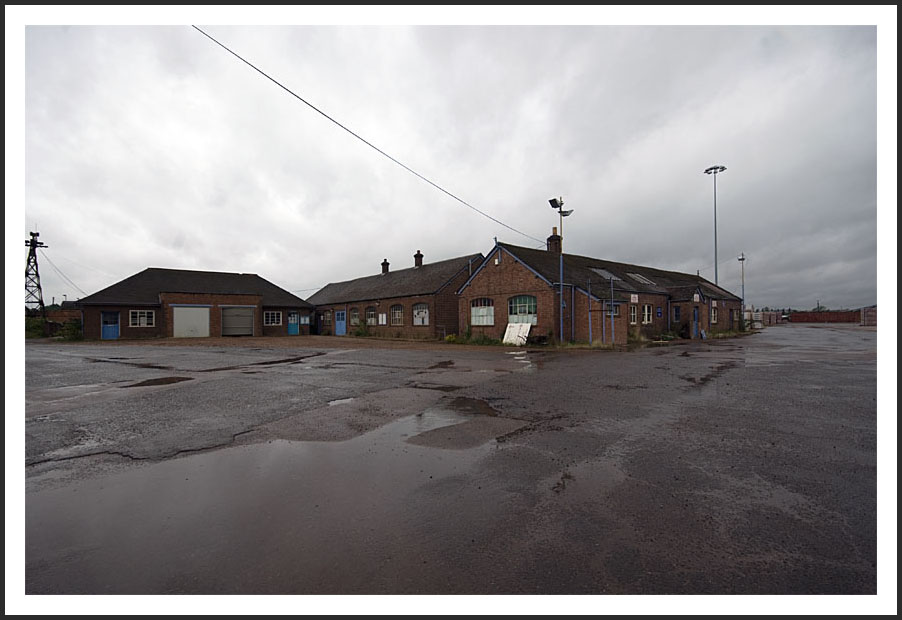
On the way there are a couple of small admin offices some storage sheds full of various brick making paraphernalia. When I visited the brickworks had only been shut for about six months so everything was pretty much just as it was left.
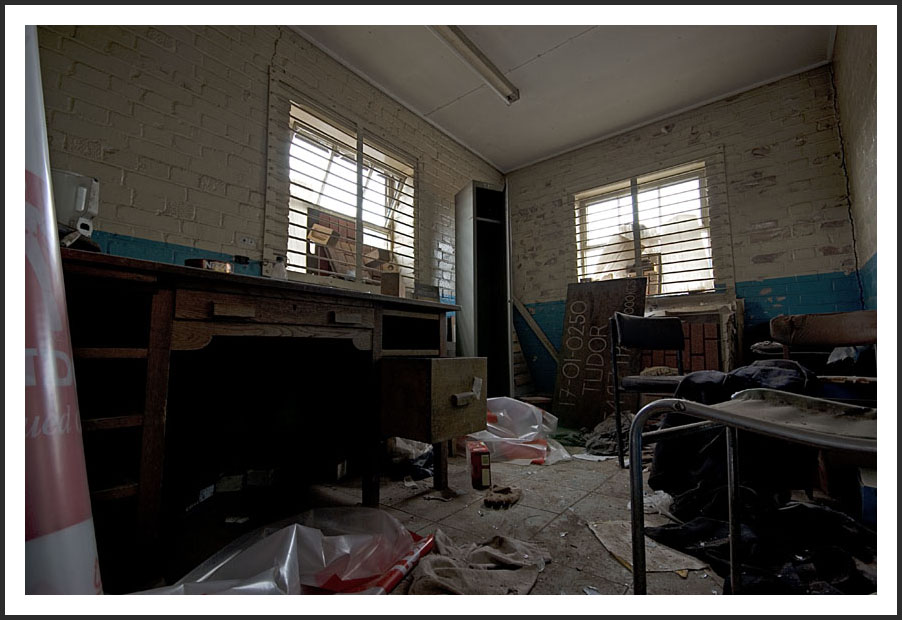
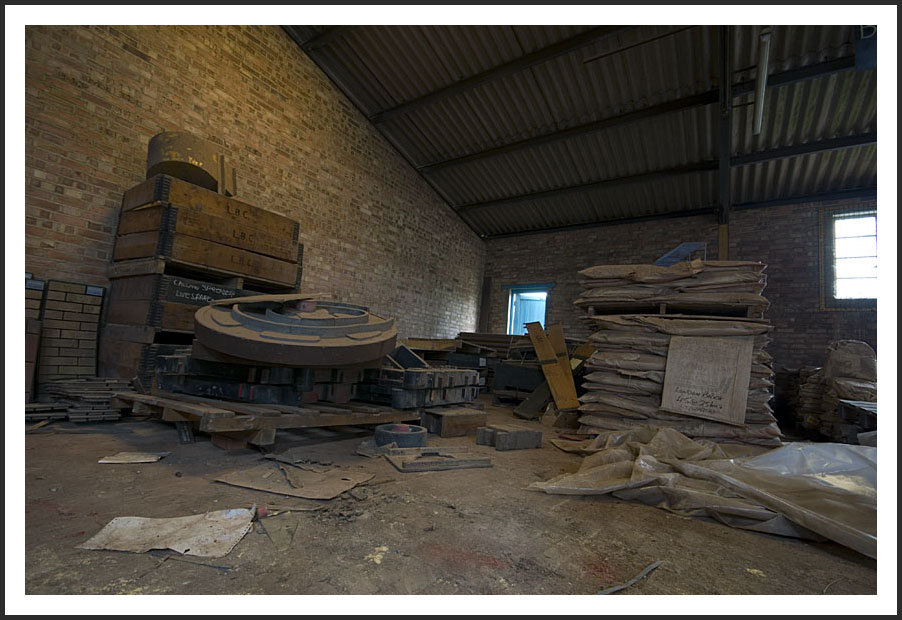
Once past the offices and sheds I arrived at the one of the older brick pressing sheds.
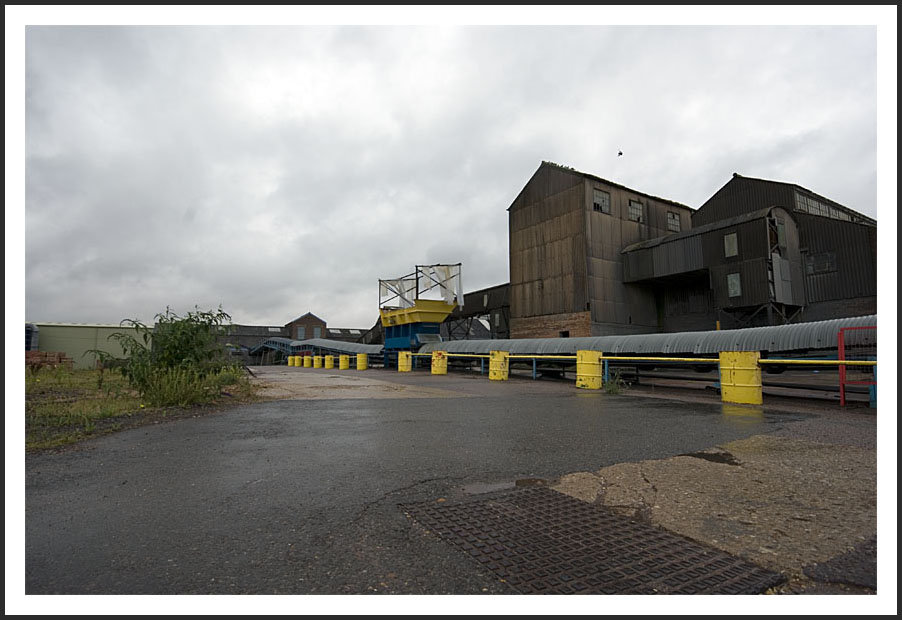
The first thing that strikes is the sheer scale of the whole operation. It is huge. Each pressing shed alone is about the size of a football field and is full to brimming with mint condition brick making machinery.
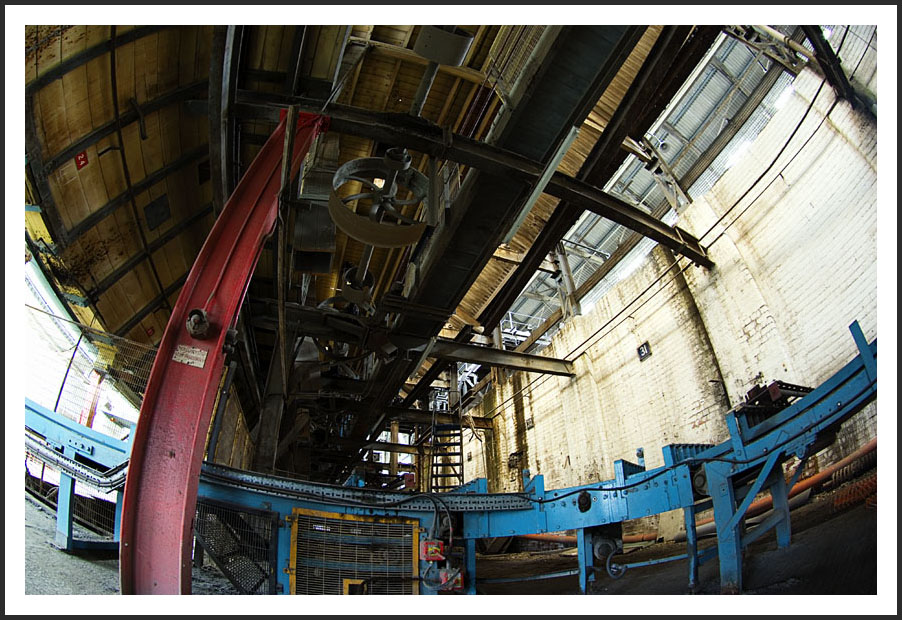
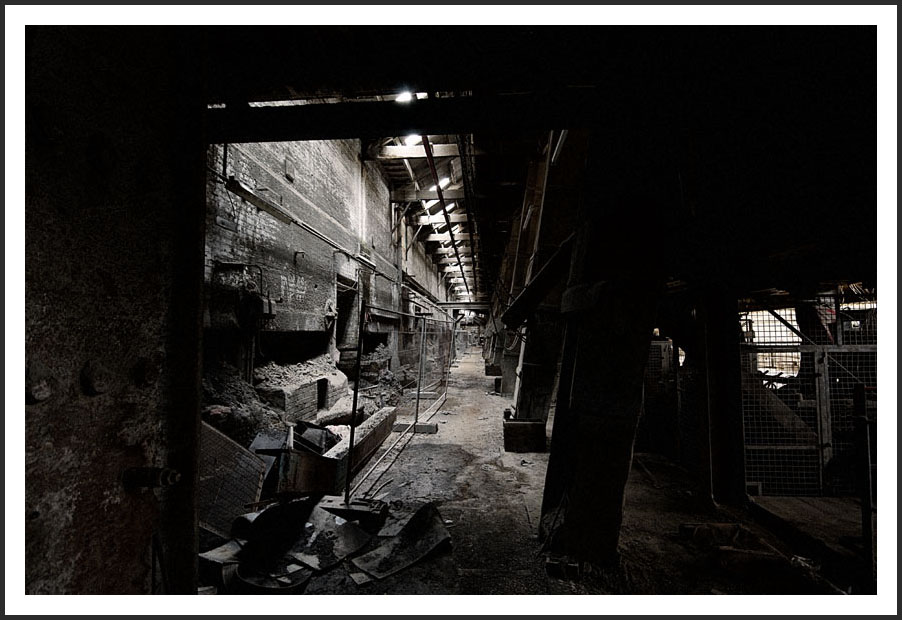
Firstly I take the stairs up to the top gallery, where the crushed clay is fed down into the brick pressing machines. There are huge hoppers used to store the clay and large quantities of clay dust lie everywhere.
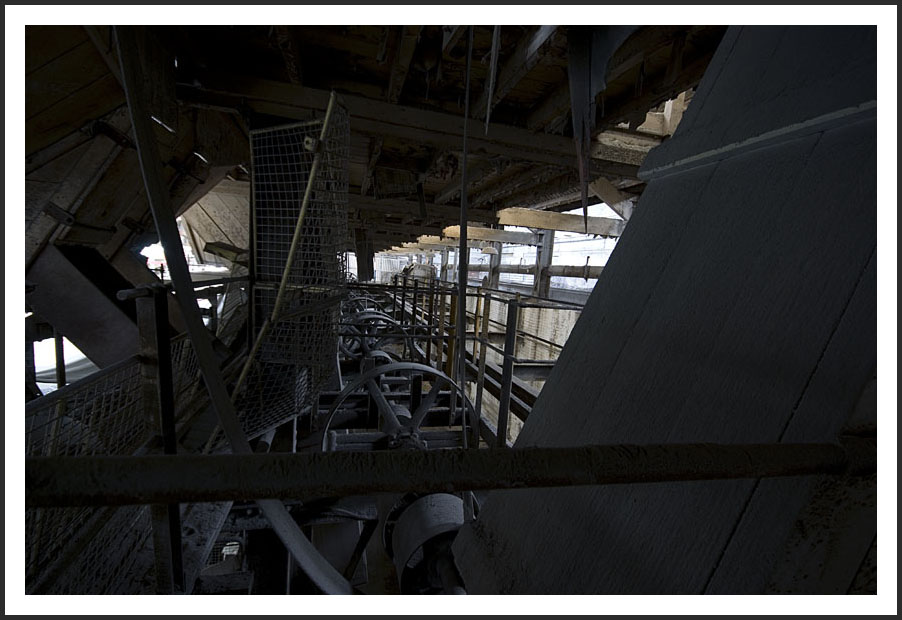
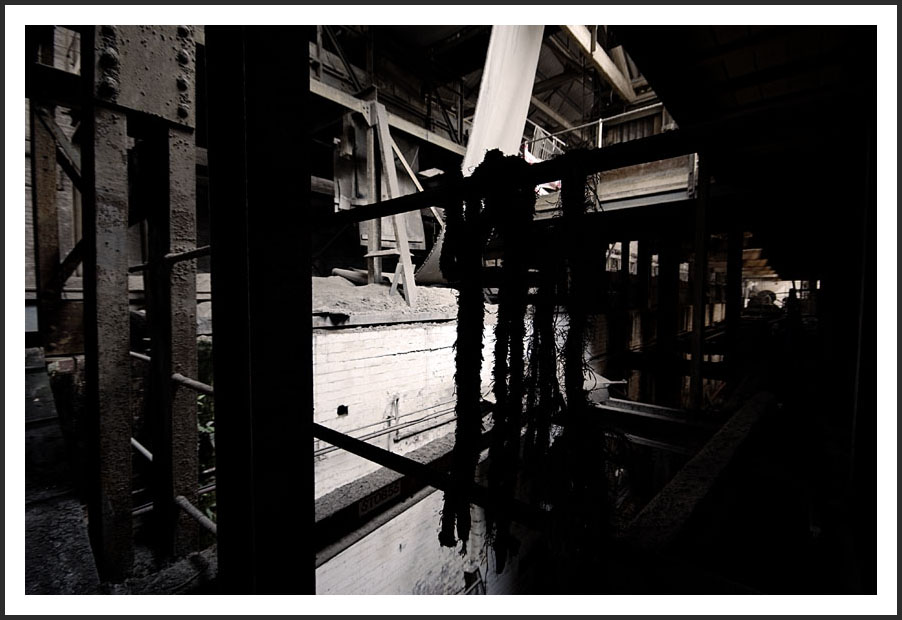
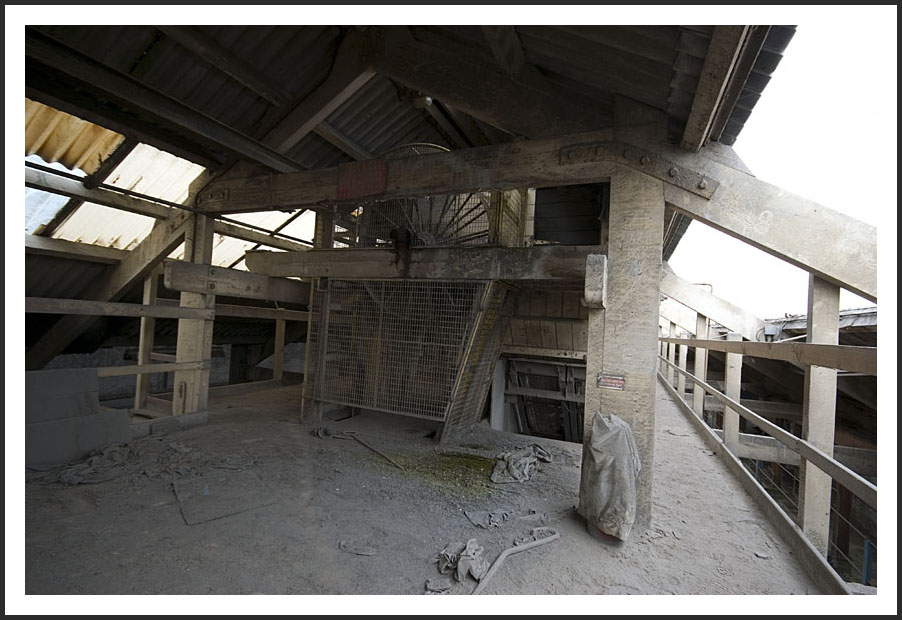
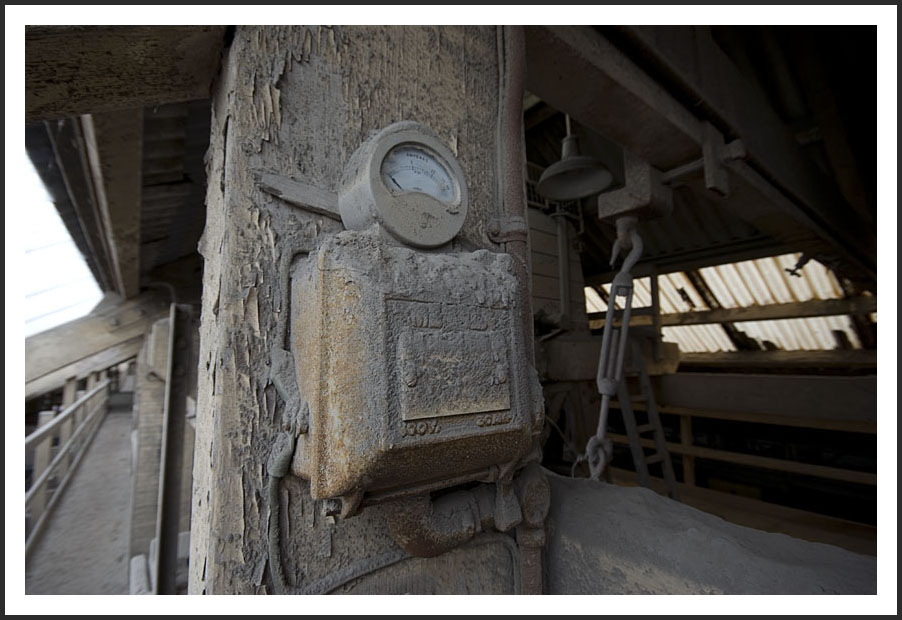
After a fairly extended trip around the upper levels I take the stairs back down to the ground floor and discover where the crushed clay is fed to the pressing shed from the surrounding quarries.
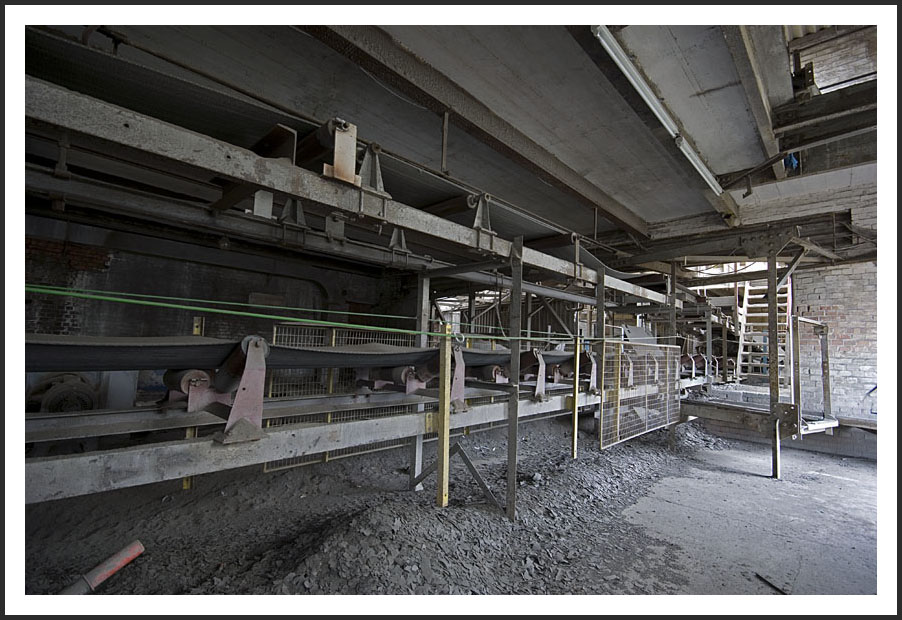
I make my way back over the pressing machines and pass down a passage running behind them. Clay dust is piled up along with a few discarded "green bricks" some of which had been warped in to strange, half melted shapes.
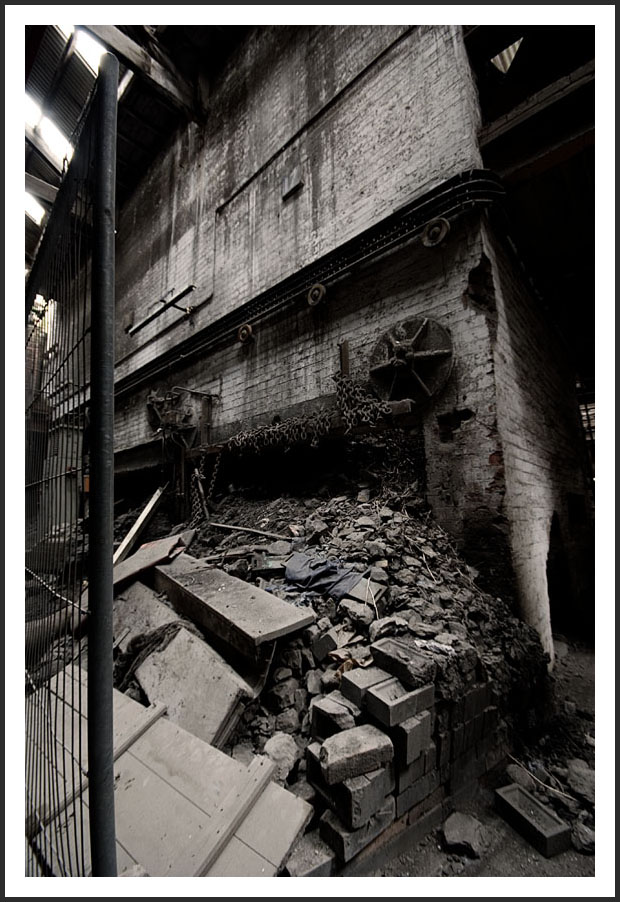
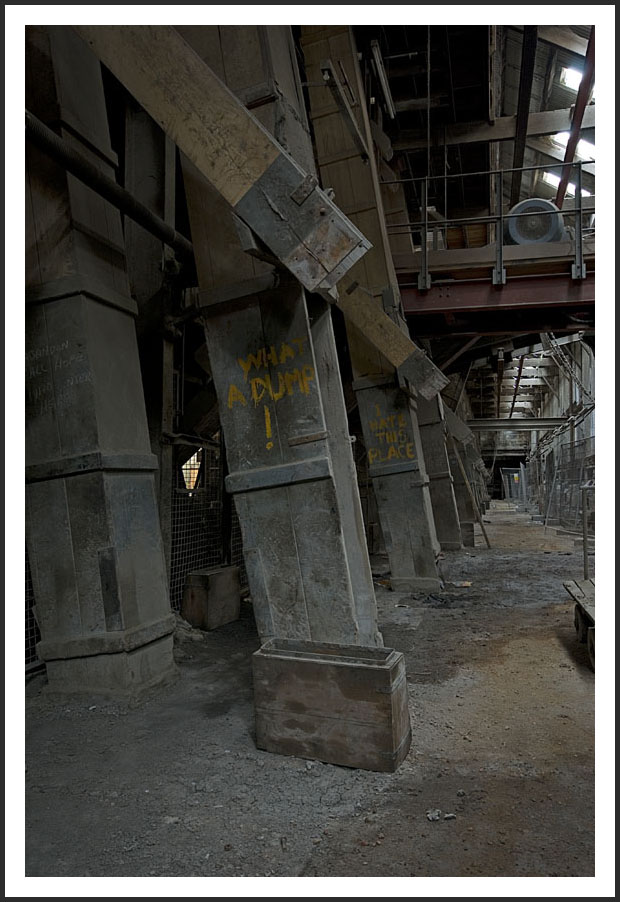
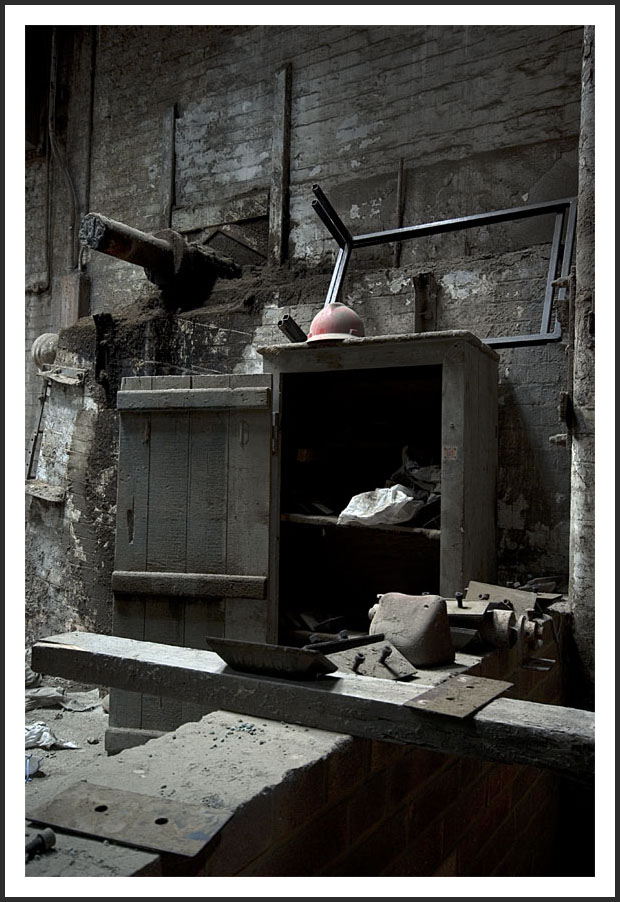
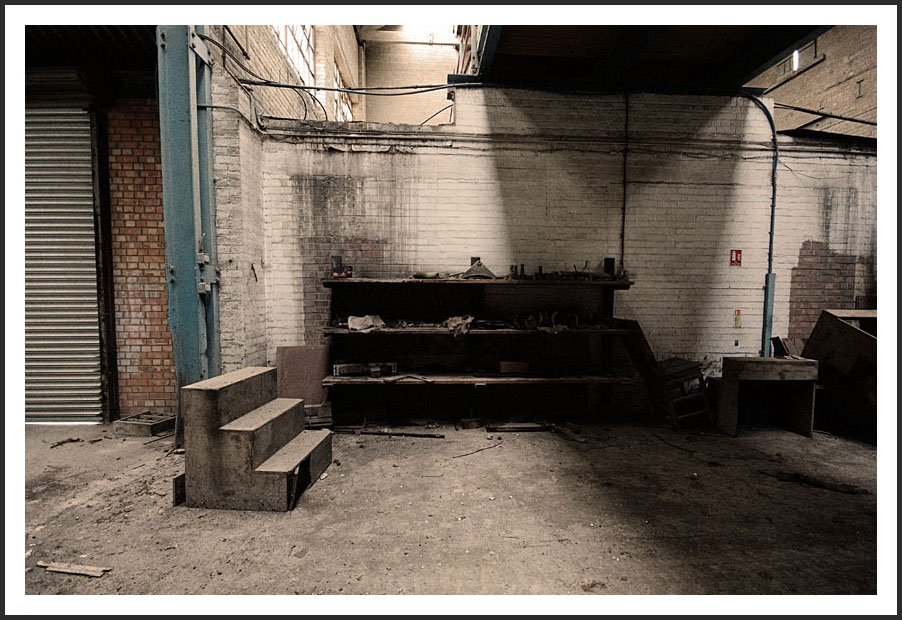
I head back around the front to take a look at one of the patented Whittaker's Double Repress Machines. These machines created the "green bricks" that would later be fired by the kilns. In the opposite gallery, the pressing machines appear to have been stripped out.
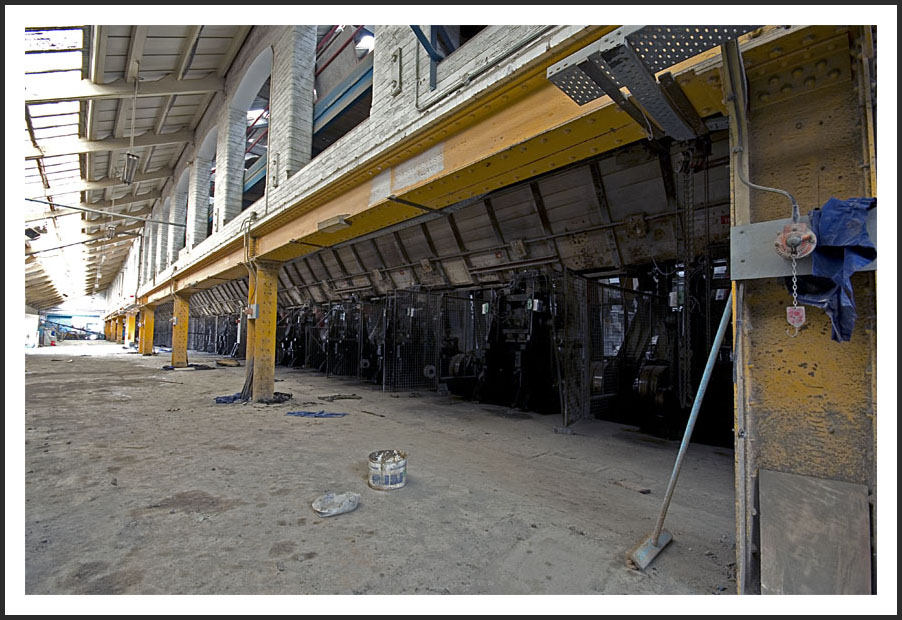
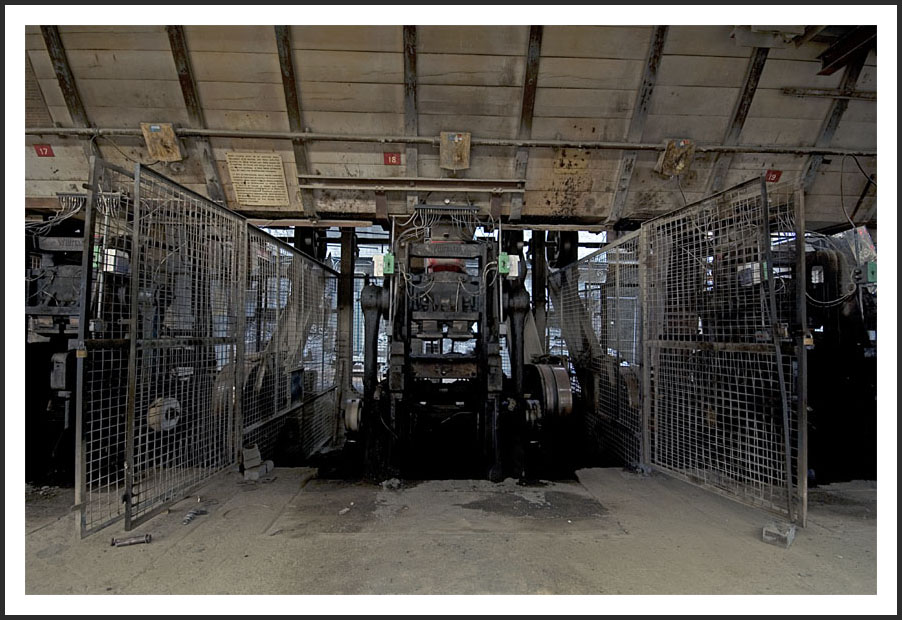
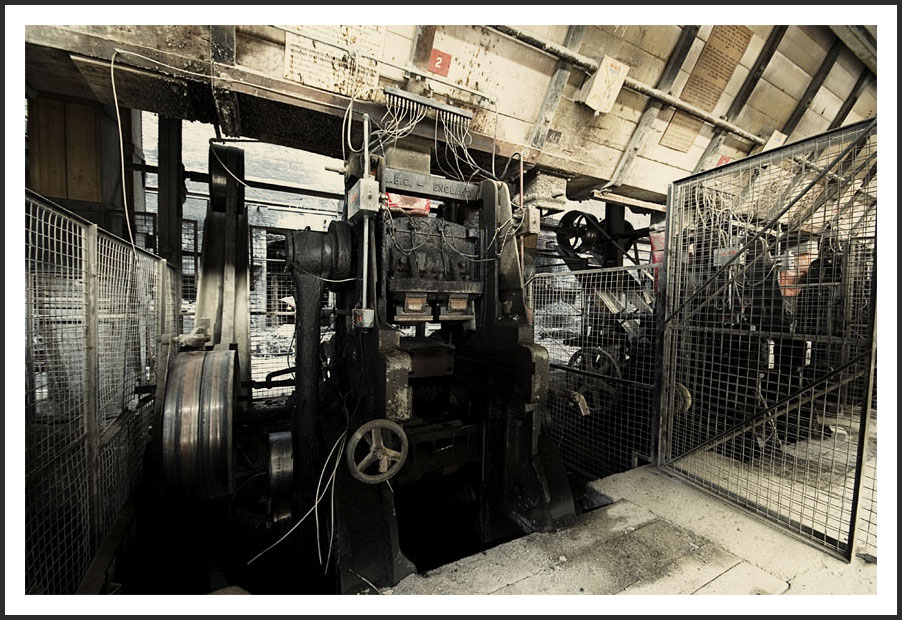
I drop down to the lower levels to collect a few shots of the machinery from below. It is pitch black in the machine pits and the thick layers of wet clay dust lying on the concrete floors do not make walking easy. It is a very hostile environment and I wonder what it must have been like when all the machinery was on. Deafening.
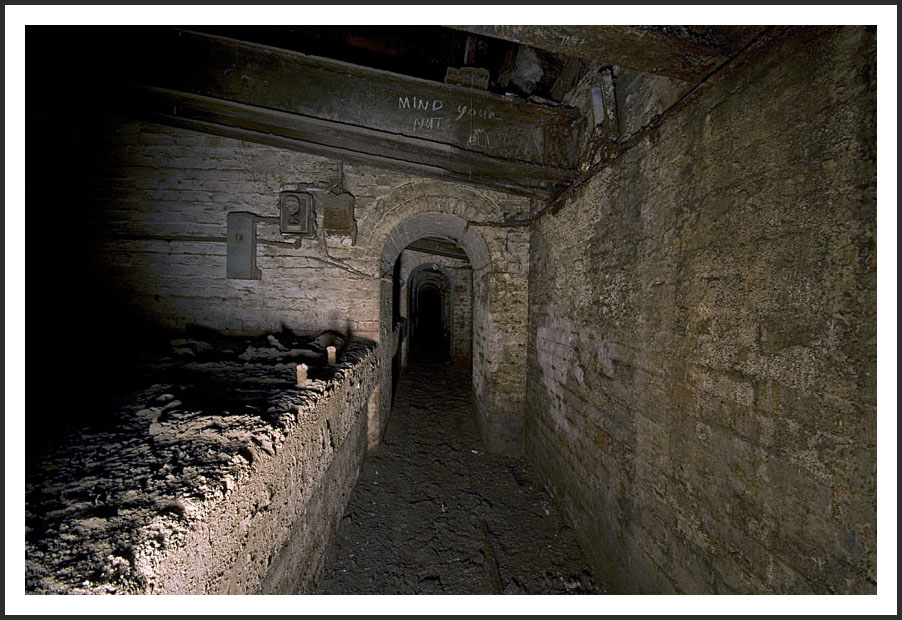
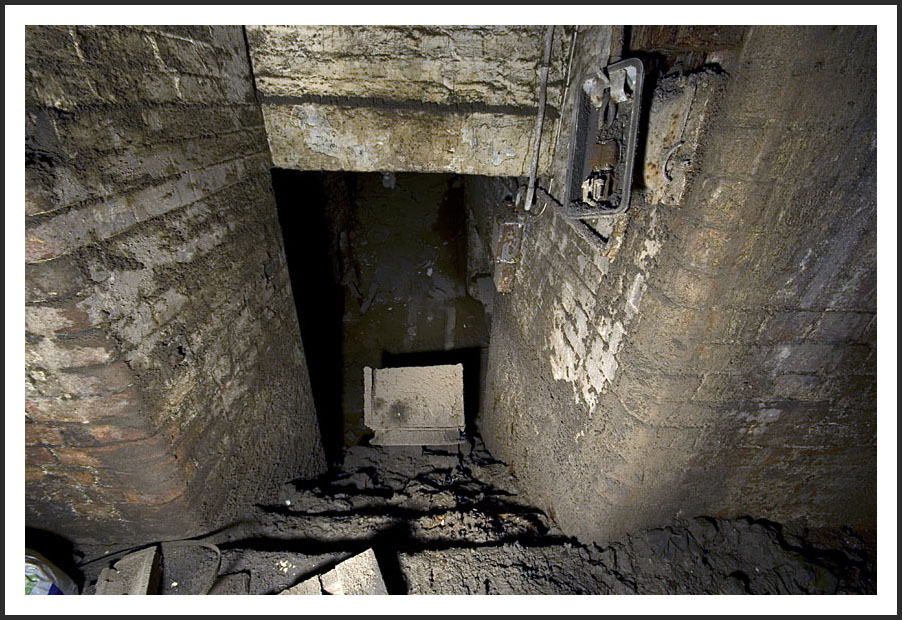
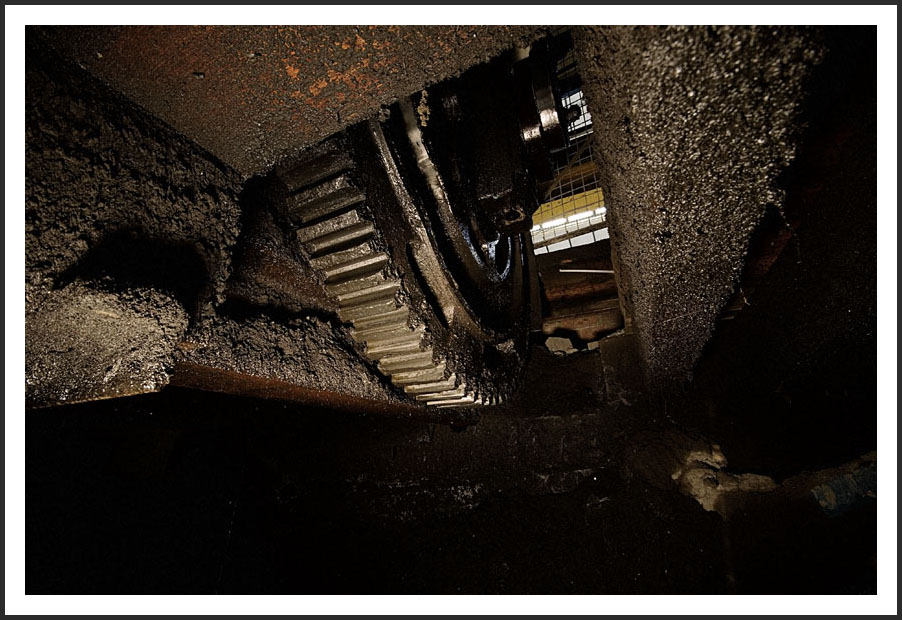
I head out to the next pressing shed. The machines in this building look much more modern than the previous ones. I explore the three galleries taking pictures as I go.
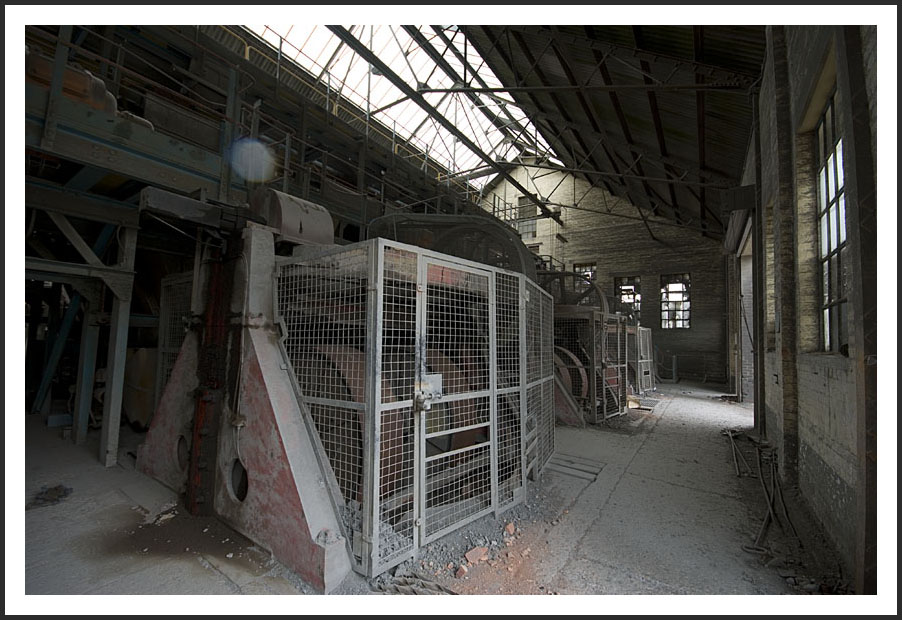
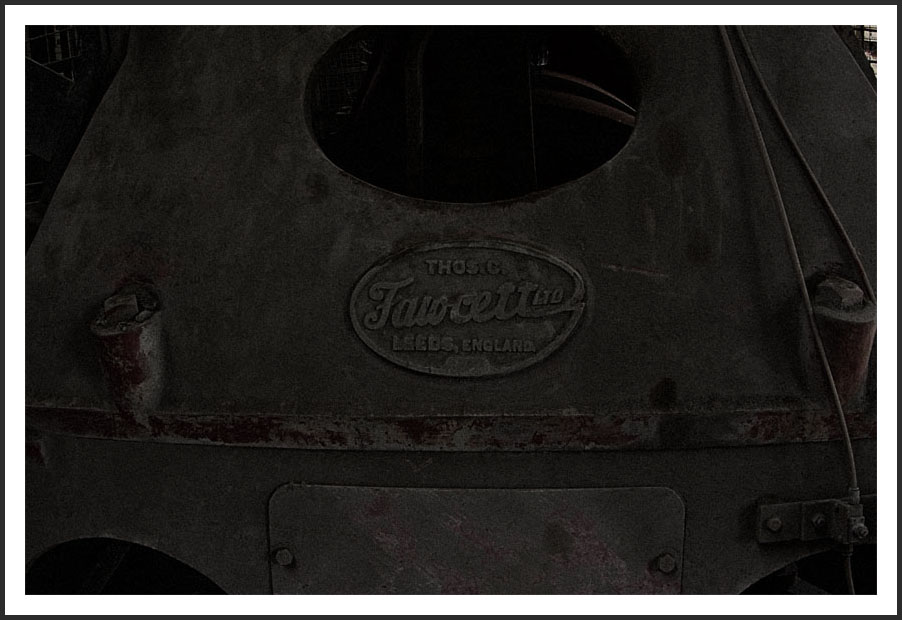
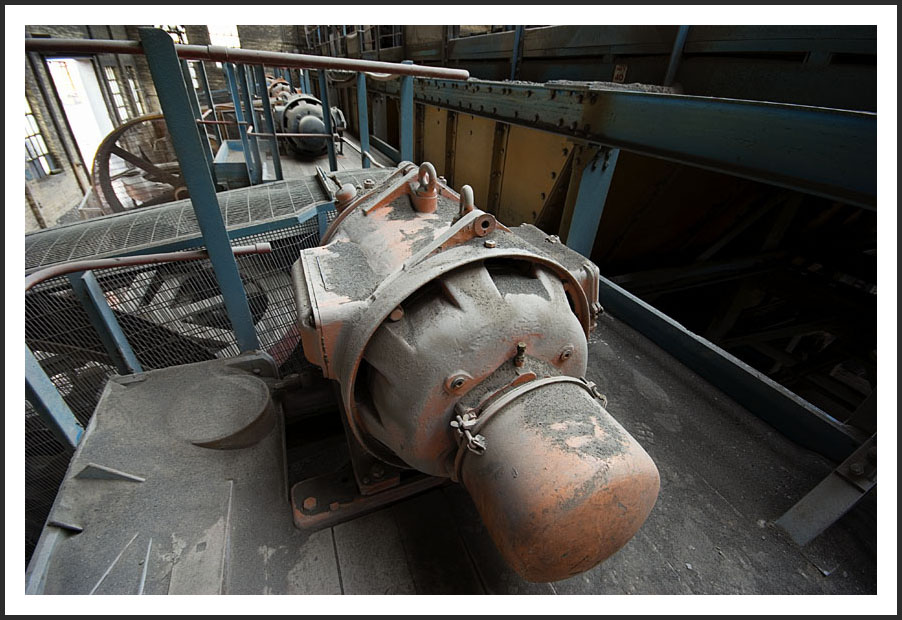
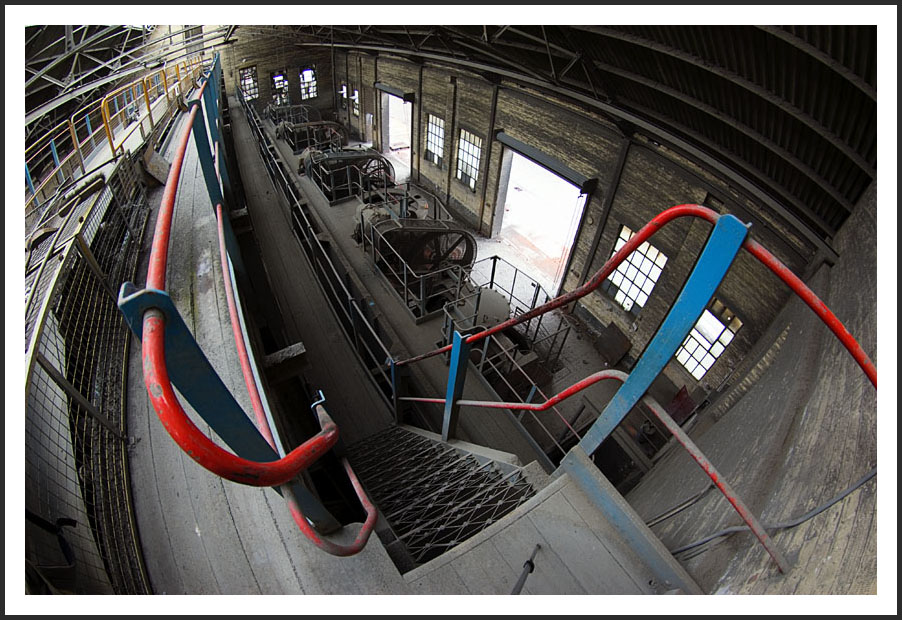
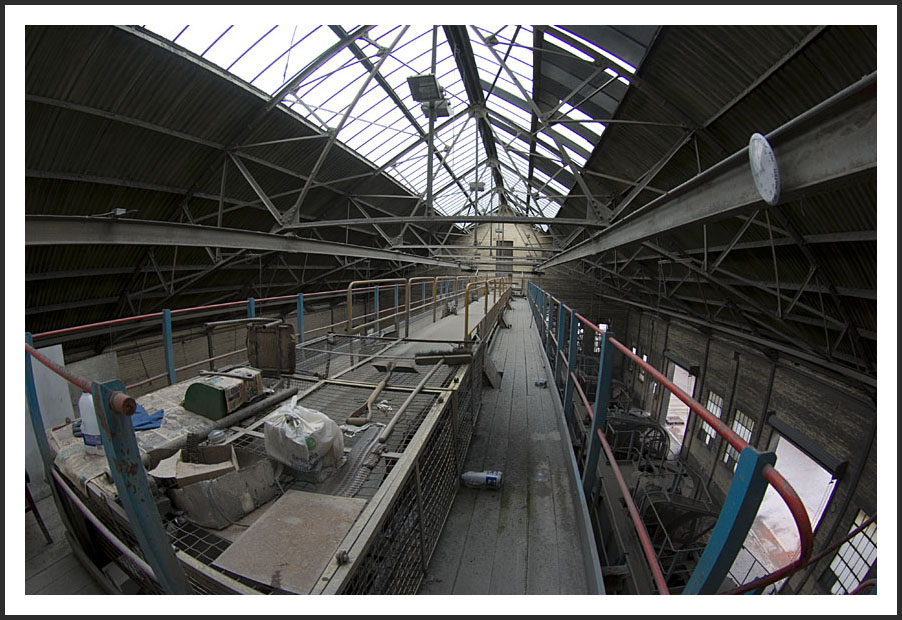
The hoppers in this shed are still full of crushed clay on the mid levels. It's never going to be made into bricks now.
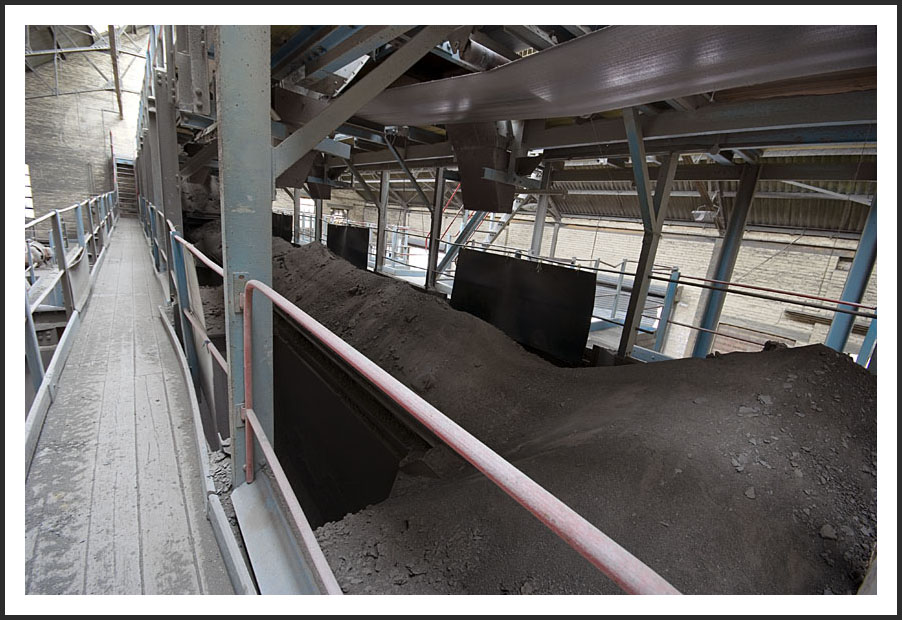
I take the stairs to the machine pit, which is flooded by about three feet of water. I would like to have gone right into the machine pit to get some pictures from below but I don't have my waders with me. Time to move on.
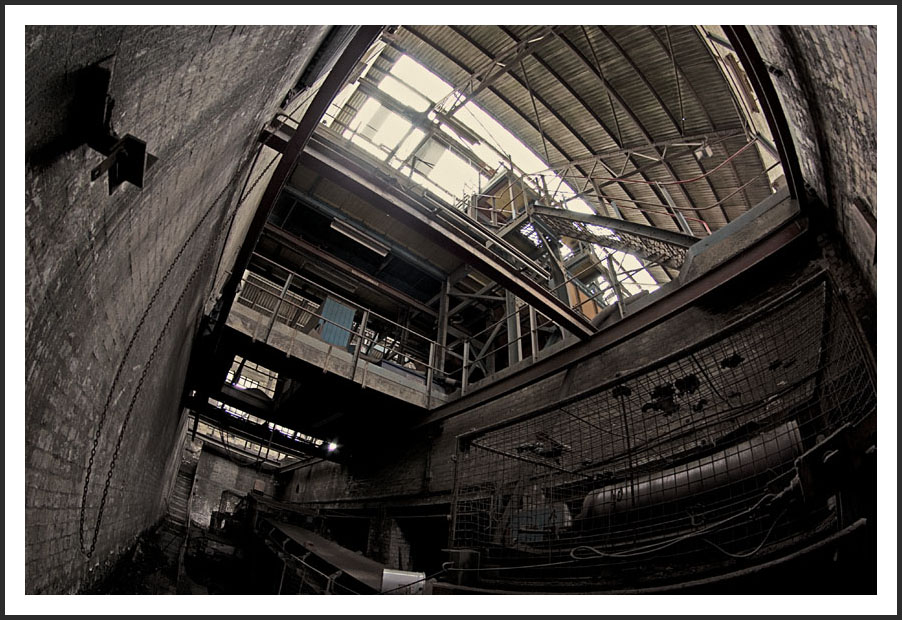
I enter another shed. Again it's pure modern mint machinery but this time I concentrate my pictures around the control panel as I'm starting to get a bit pushed for time.
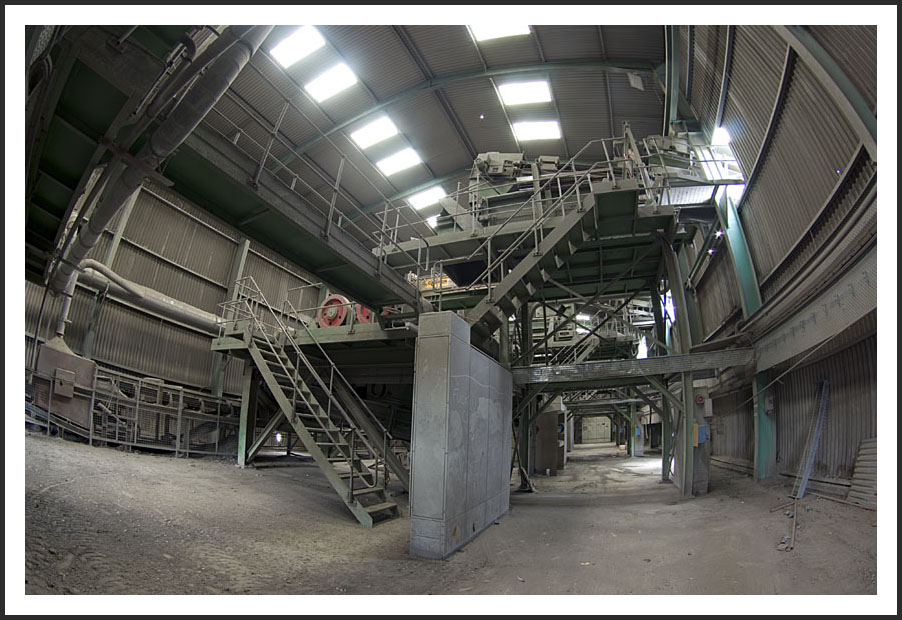
On one of the signs each side of the control panel, someone has drawn on a smiley face in the dust and written "Tom" underneath it. I like little details like this that bring back the character of the place.
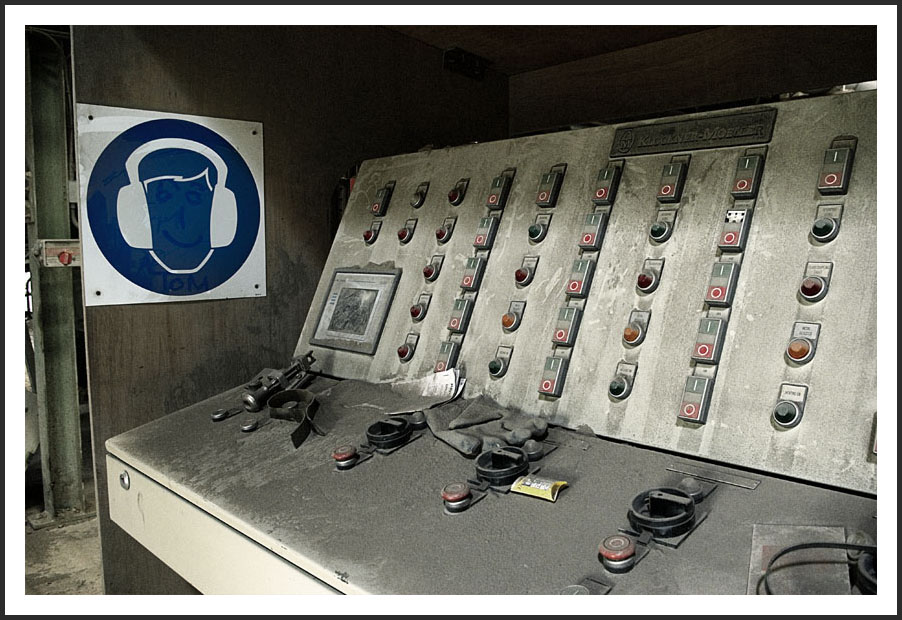
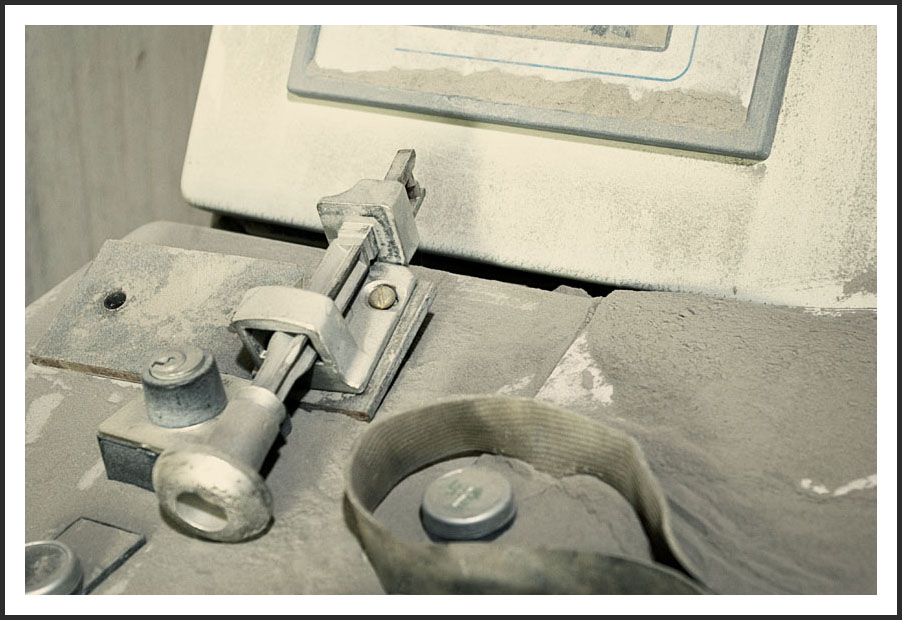
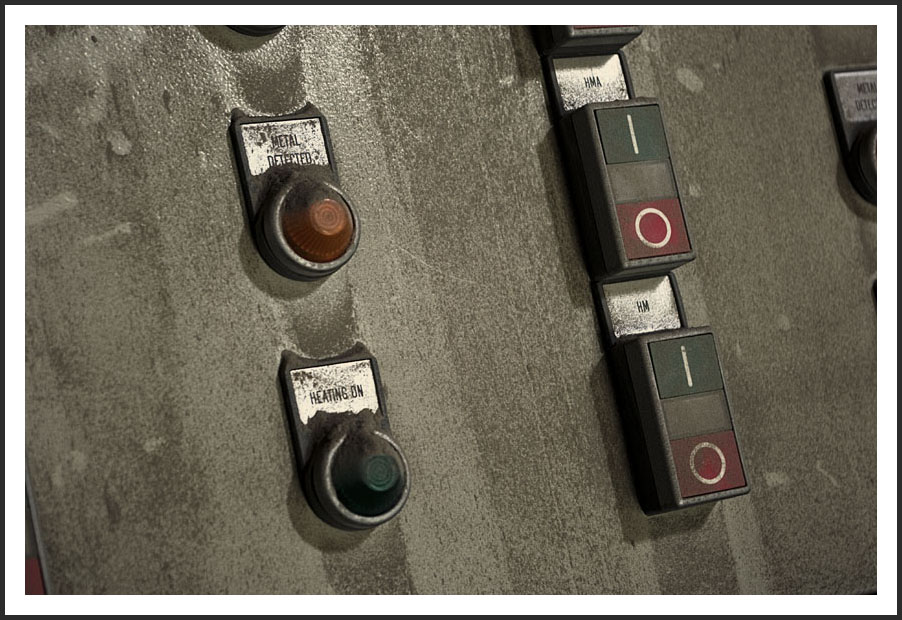
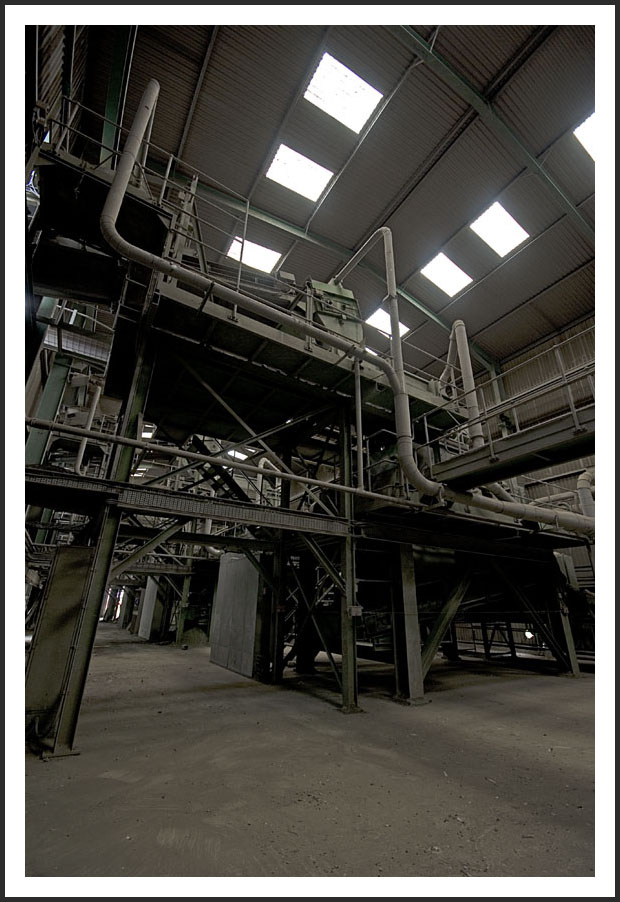
I wonder on and taking in a couple of the smaller engineering workshops.
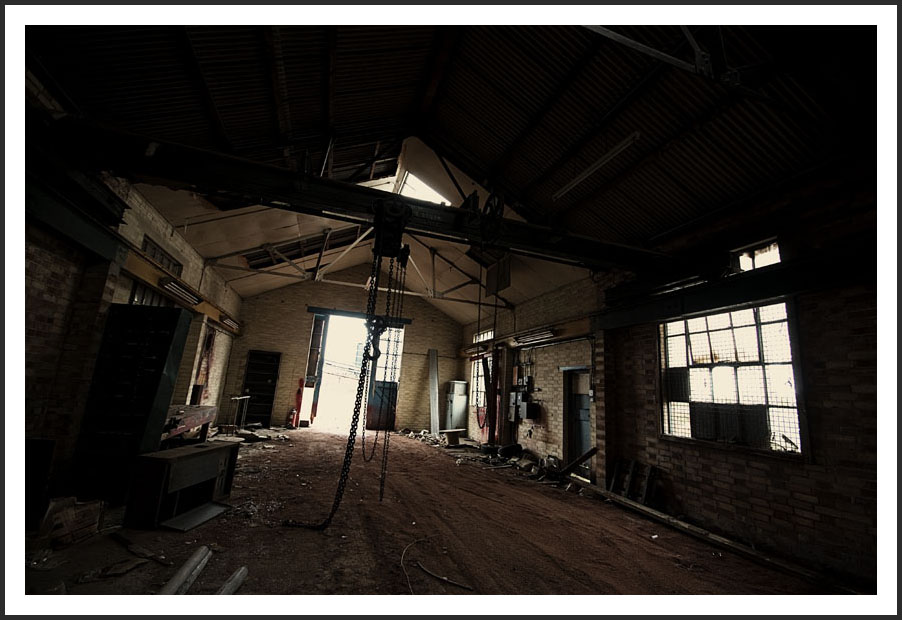
Eventually find myself in a shed containing machinery that I'm at a complete lose as to what purpose it served. Some kind of grading machine perhaps?
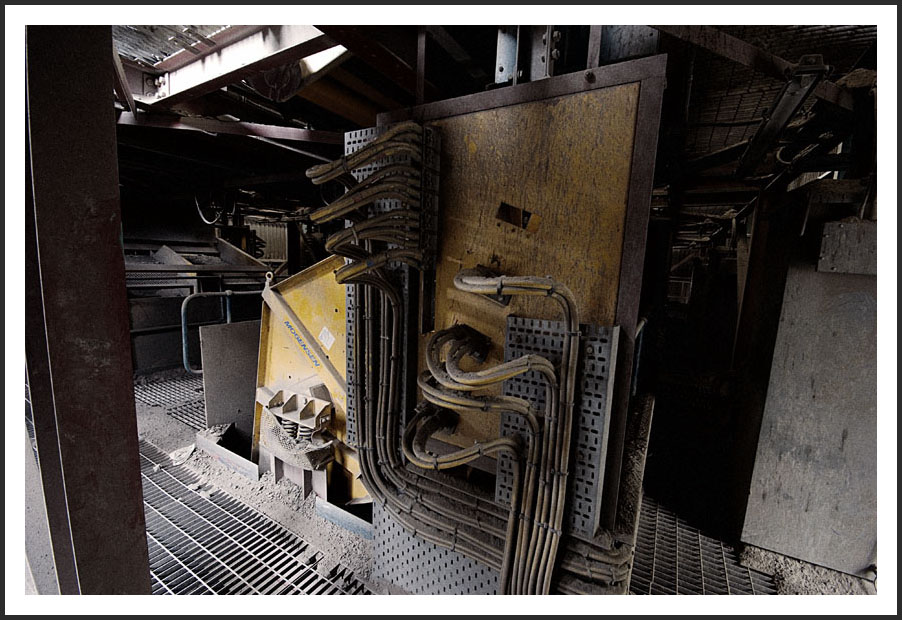
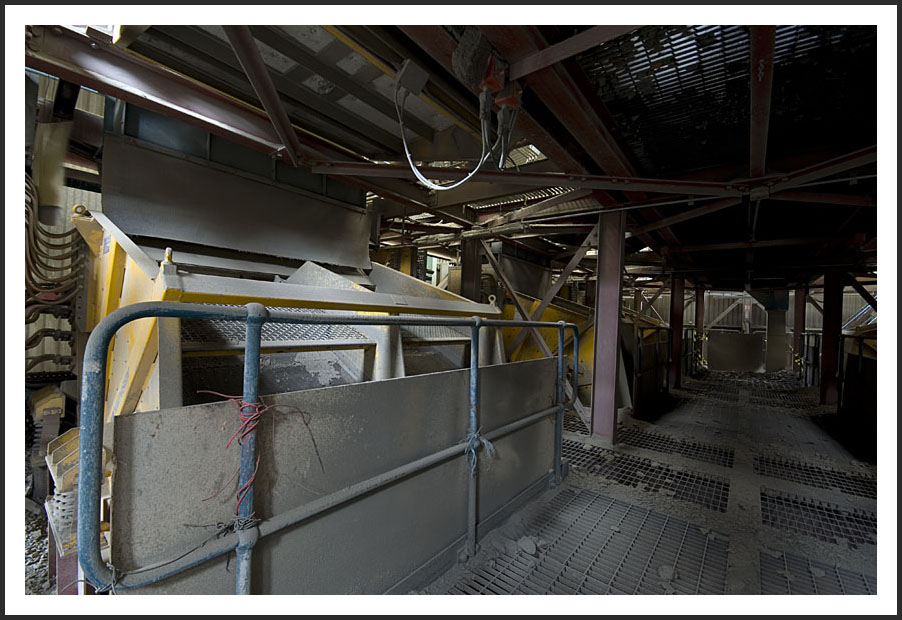
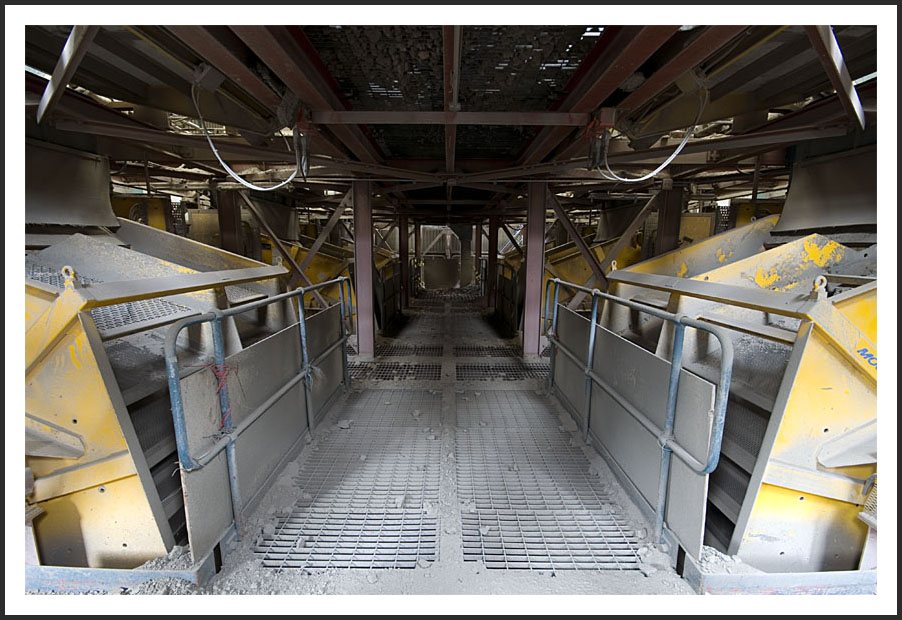
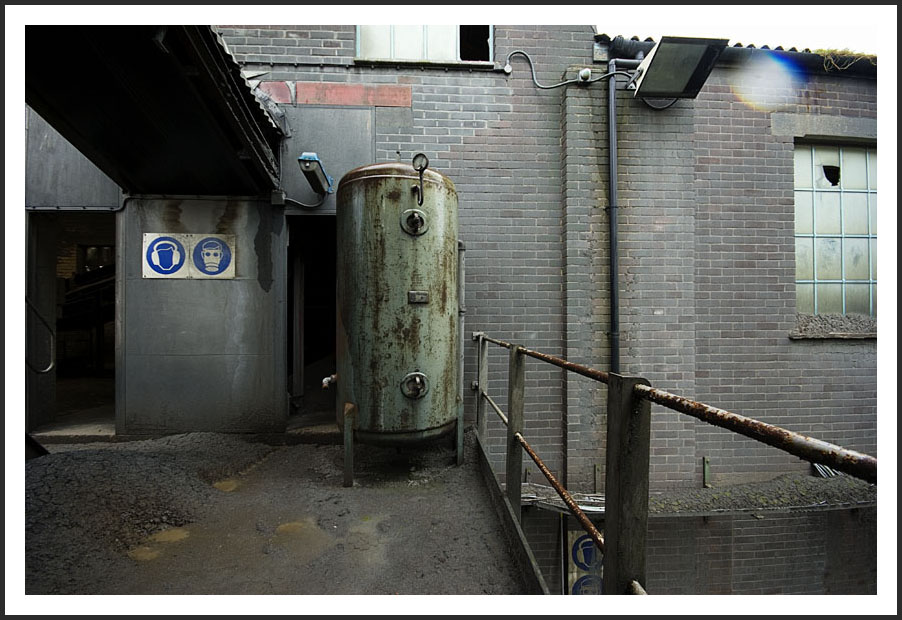
I think I've been exploring now for about five hours so I take a few shots of some interesting look conveyer belts and call it a day.
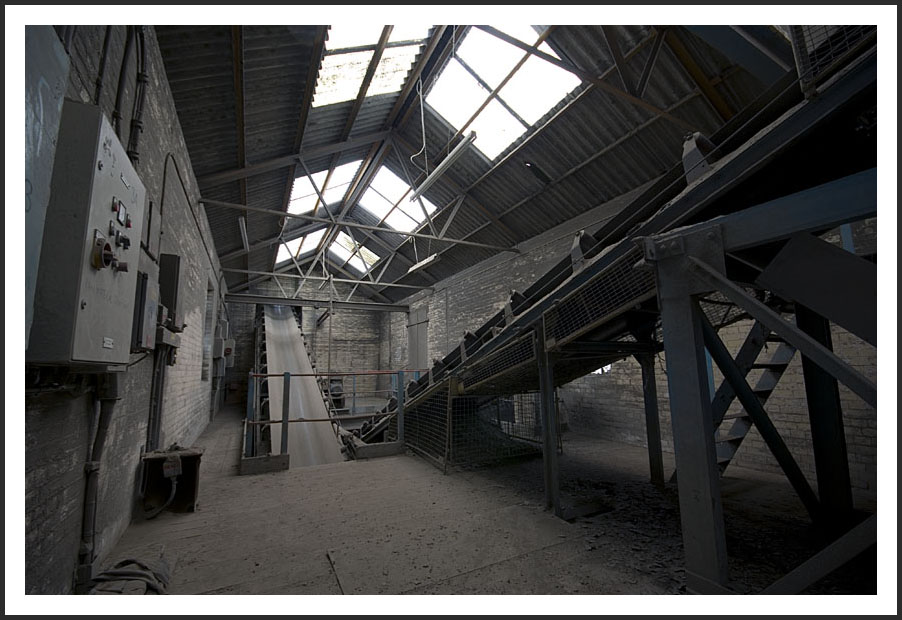
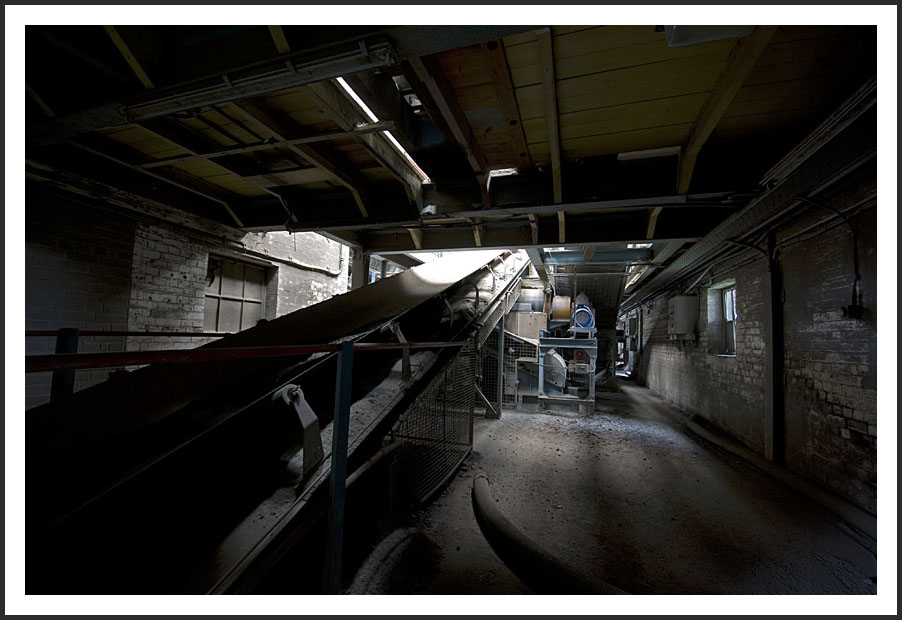
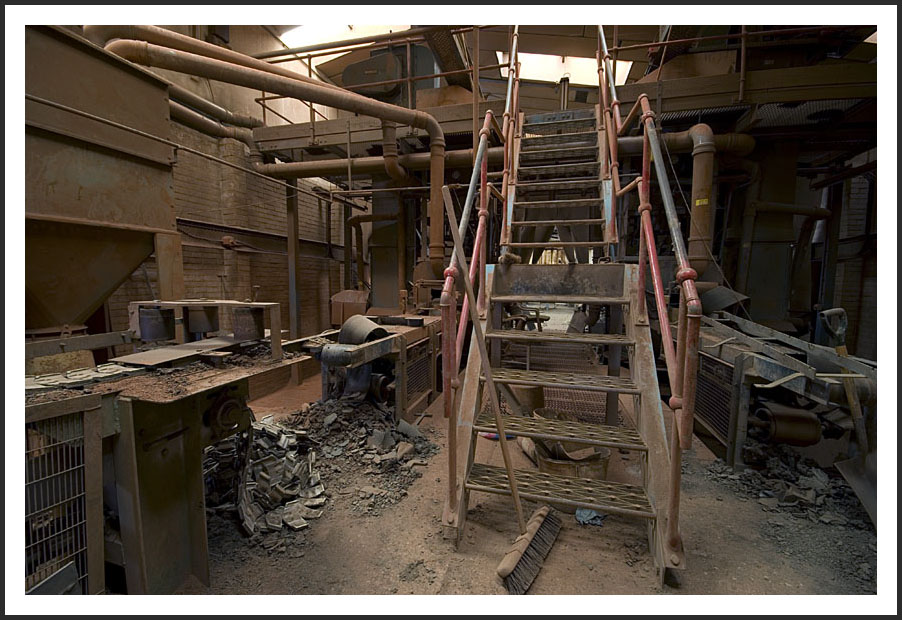
I only covered about 50% of the site and I always promised myself I would return but I never did, which is unfortunate, as I hear as of June 2009 it's been 90% stripped.